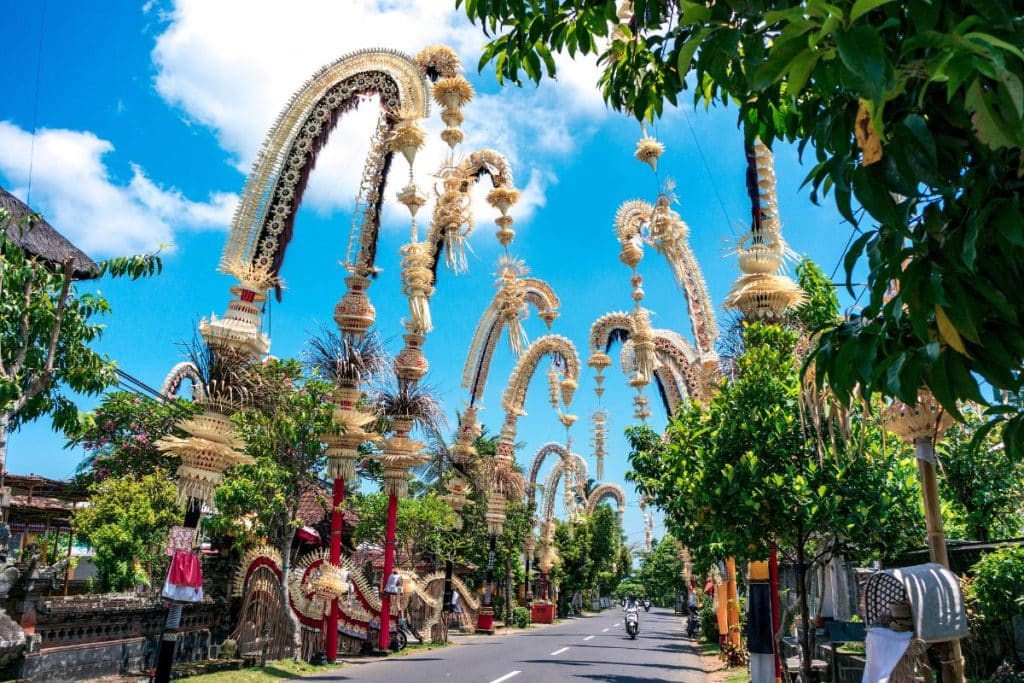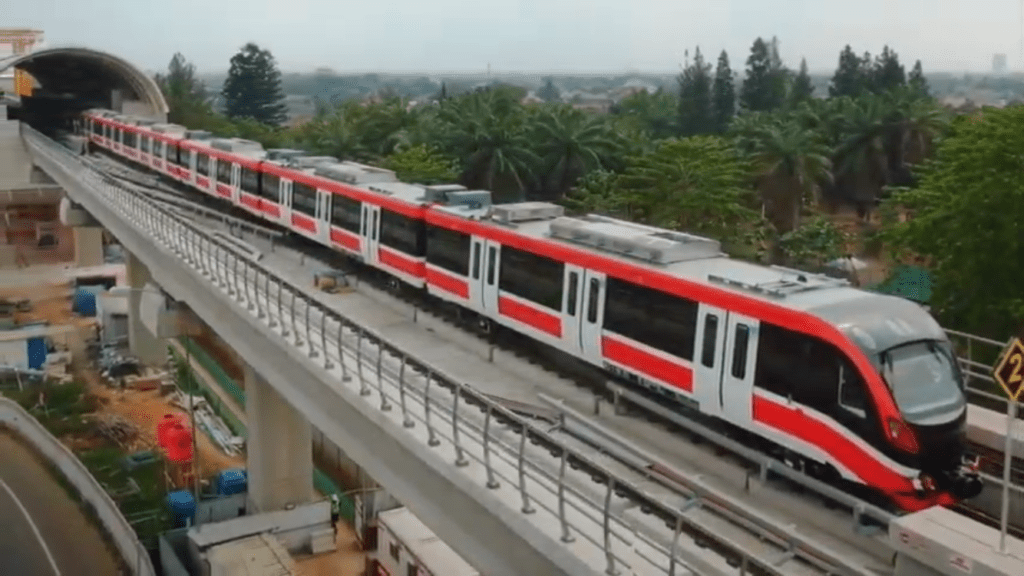After years of uncertainty, Bali‘s ambitious North Bali Airport project has finally received the green light to proceed.
According to bnnbreaking.com, this mega infrastructure endeavor aims to serve up to 50 million passengers annually and reshape Bali’s tourism landscape through enhanced connectivity.
Strategic Vision Drives Airport’s Development
Spearheaded by Indonesia’s President-elect Prabowo Subianto, the North Bali Airport seeks to achieve the twin goals of boosting tourism and improving transport links across Bali. With an estimated capacity nearly double that of the existing Ngurah Rai International Airport, the new airport will alleviate passenger congestion while allowing equitable economic growth.
The 3,600-meter runway is designed to handle a diverse range of aircraft, positioning Bali as a premier hub for low-cost carriers. Local communities also stand to benefit through extensive job creation.
According to Made Muliawan Arya, Chairman of Gerindra’s Bali Leadership Council, Subianto has committed to honoring his campaign pledge of moving forward with the North Bali Airport.
Balancing Progress and Tradition
However, realizing the mega-project has not been without challenges. From land acquisition delays to concerns over sociocultural impacts, its proponents have had to strike a delicate balance. Subianto has emphasized building an airport that aligns with Balinese architectural aesthetics and values. This sensitivity to community interests has been instrumental in gaining local support.
While acknowledging economic priorities, Subianto emphasized designing the airport aligned with Balinese architectural traditions featuring open-air pavilions and lush gardens. “The Balinese personality must be preserved; the buildings must all have Balinese characteristics,” he commented previously. Striking this balance between development and conservation will be key for the project’s long-term success.
Holistic Infrastructure Upgrades
Alongside the airport, Bali is also developing an integrated railway network scheduled for a September 2024 launch. The first rail route will connect the North Bali Airport to key tourist sites across Bali.
By tackling the island’s severe traffic congestion, this combined air and rail upgrade aims to deliver a seamless, sustainable travel experience.
Gateway to an Equitable Future
As Bali gears up to welcome over 50 million annual air passengers, the North Bali Airport ushers in a new era defined by accessibility, connectivity and equitable tourism development. Its state-of-the-art facilities promise to fortify Bali’s aviation infrastructure while opening up new opportunities for balanced economic progress.
With construction targeted to begin in late 2024, both visitors and locals can look forward to an airport on par with Singapore’s Changi in providing seamless regional connections in a distinctly Balinese setting.
Bali’s Overtourism And New Tourist Tax
Bali faces significant challenges with overtourism, which has led to environmental degradation, infrastructure strain, and impacts on local communities.
The island’s popularity as a tourist destination has brought economic benefits but also challenges in managing waste, water resources, and preserving cultural heritage. In response, the Balinese government has implemented a tourist tax aimed at mitigating the negative effects of overtourism.
This tax is intended to fund environmental and cultural preservation projects, ensuring that Bali remains a beautiful and sustainable destination for future generations.
Wayan Suardana from Udayana University in Denpasar suggests Bali doesn’t face overtourism universally, as tourist activity concentrates mainly in the southern regions. He emphasizes that while areas like Denpasar, Badung, and Gianyar see heavy tourism, places such as Karangasem, Buleleng, and Jembrana remain under-visited.
Suardana advocates that improving infrastructure will balance tourism growth across Bali and shift focus towards attracting quality tourism post-COVID-19, considering factors like location and pricing for sustainable development.



